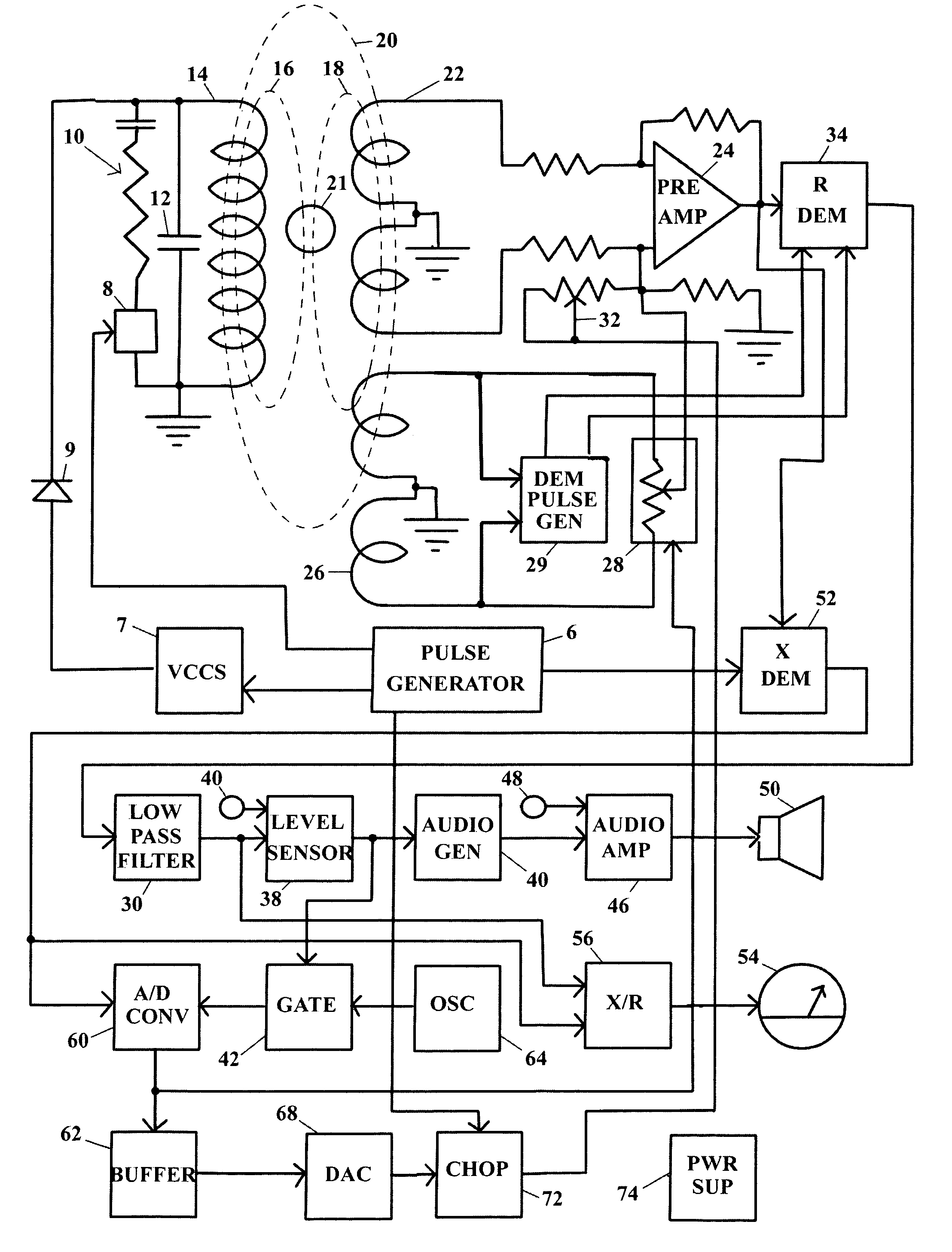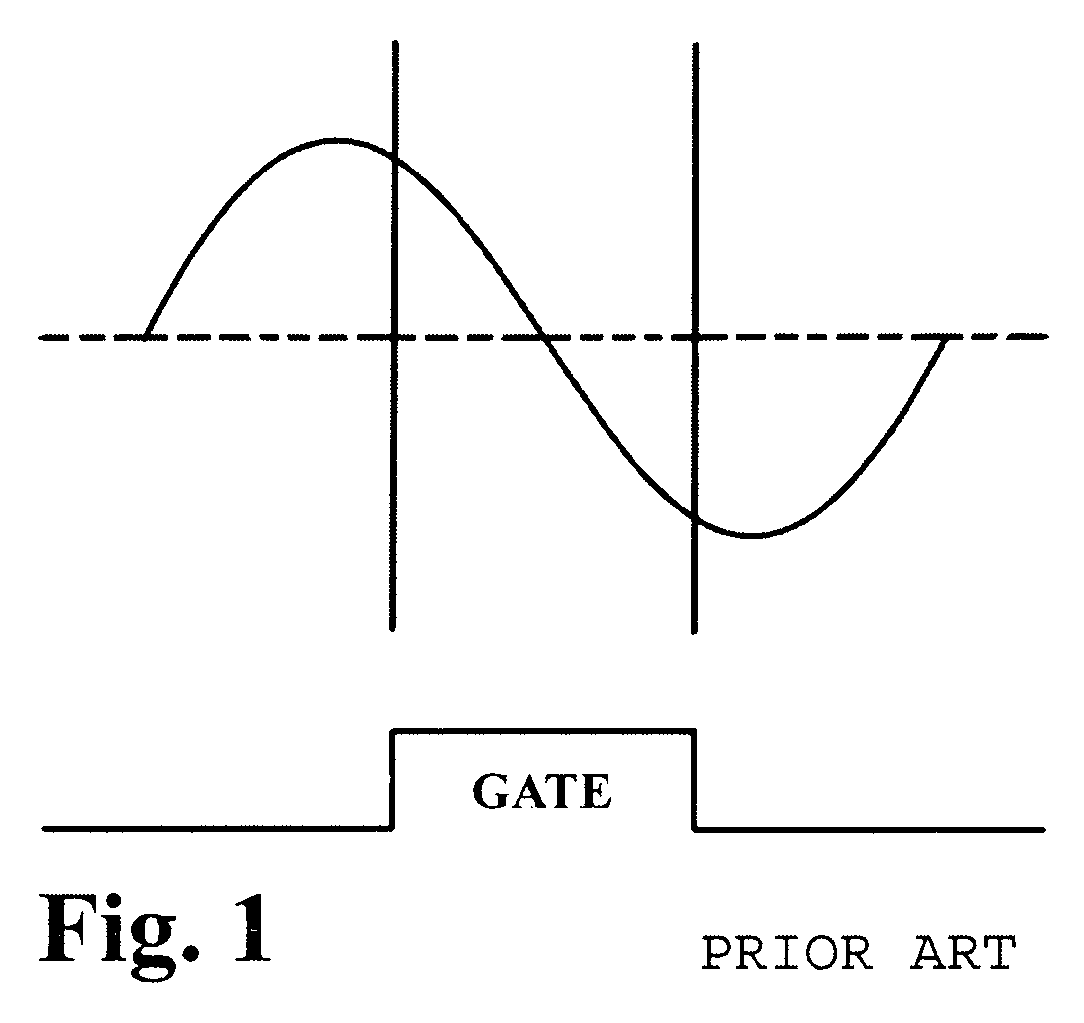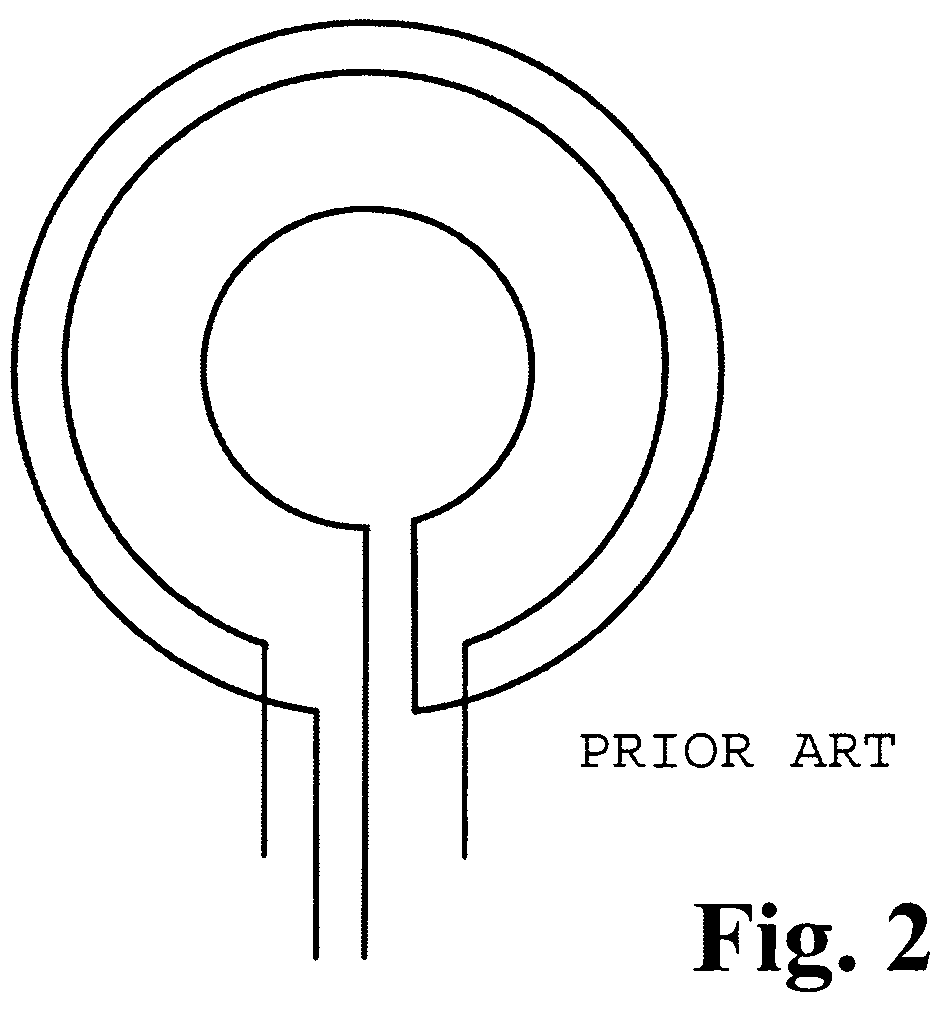Hybrid-technology metal detector
a metal detector and hybrid technology, applied in the field of metal detectors, can solve the problems of ferrous targets, not fully exploiting the opportunities of such an approach, and major inconvenience for users of portable detectors, and achieve the effect of increasing the sensitivity to targets
- Summary
- Abstract
- Description
- Claims
- Application Information
AI Technical Summary
Benefits of technology
Problems solved by technology
Method used
Image
Examples
Embodiment Construction
[0028]In FIG. 3, pulse generator 6 sends a linear voltage ramp to voltage-controlled current source 7, which drives transmitter coil 14. The coil is isolated from the current source by “free-wheeling diode”9, which guarantees that the output impedance of the current source is disconnected from the coil, when no current is flowing.
[0029]Capacitor 12 connected across the coil is of a low-loss type that has a low equivalent series resistance, which ensures that the circuit formed with the transmitter coil has a high Q.
[0030]Damping circuit 10 is connected across the transmitter coil at predetermined intervals, by means of switch 8, under the control of pulse generator 6.
[0031]Receiver coil 22 is of the balanced-induction variety, as shown in FIG. 2, to minimize the magnitude of the voltage generated by direct coupling between the transmitter and receiver coils, as show by magnetic induction lines 20 in FIG. 3.
[0032]Preamplifier 24 amplifies the received signal to a level at which the s...
PUM
 Login to View More
Login to View More Abstract
Description
Claims
Application Information
 Login to View More
Login to View More - R&D
- Intellectual Property
- Life Sciences
- Materials
- Tech Scout
- Unparalleled Data Quality
- Higher Quality Content
- 60% Fewer Hallucinations
Browse by: Latest US Patents, China's latest patents, Technical Efficacy Thesaurus, Application Domain, Technology Topic, Popular Technical Reports.
© 2025 PatSnap. All rights reserved.Legal|Privacy policy|Modern Slavery Act Transparency Statement|Sitemap|About US| Contact US: help@patsnap.com



